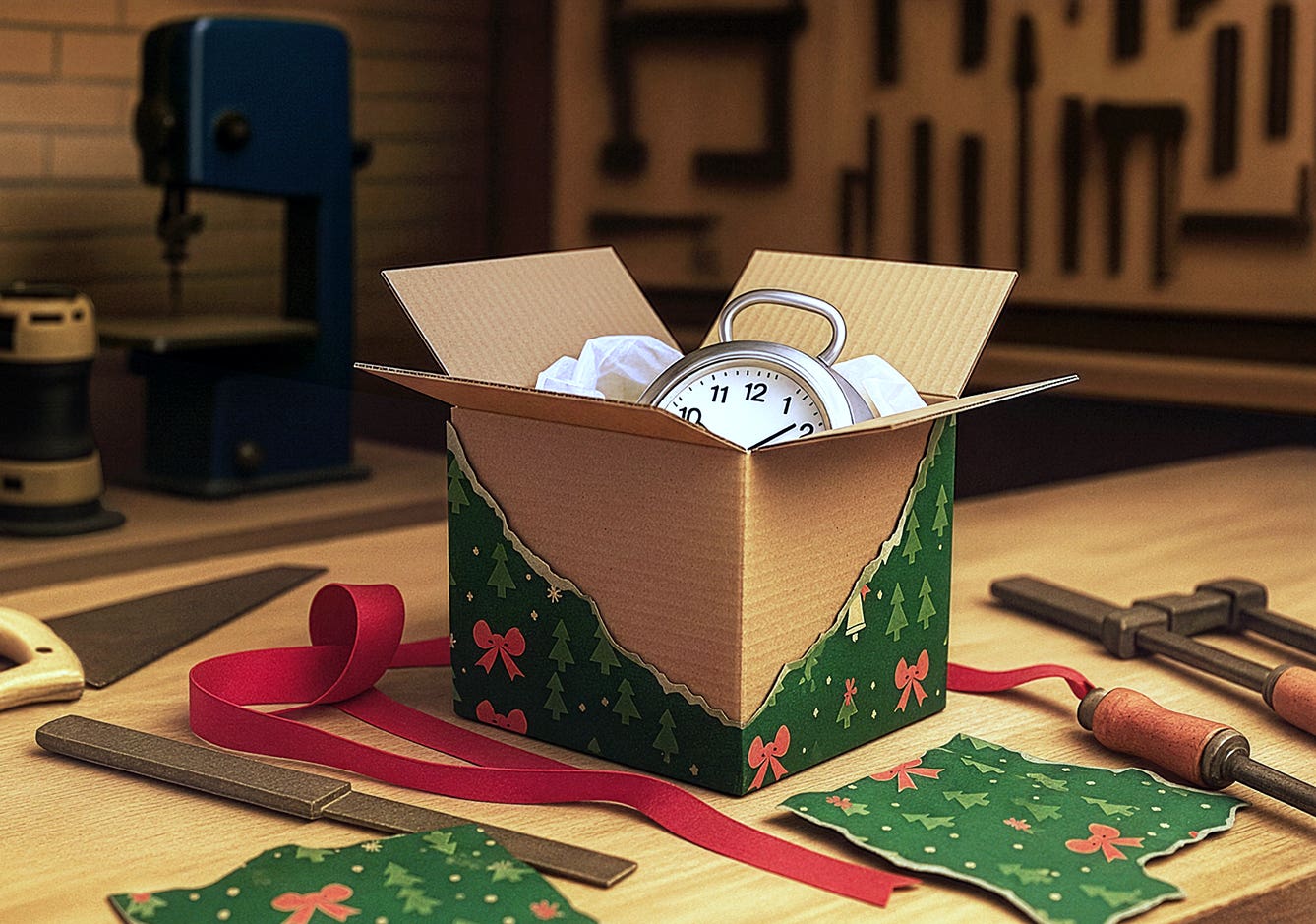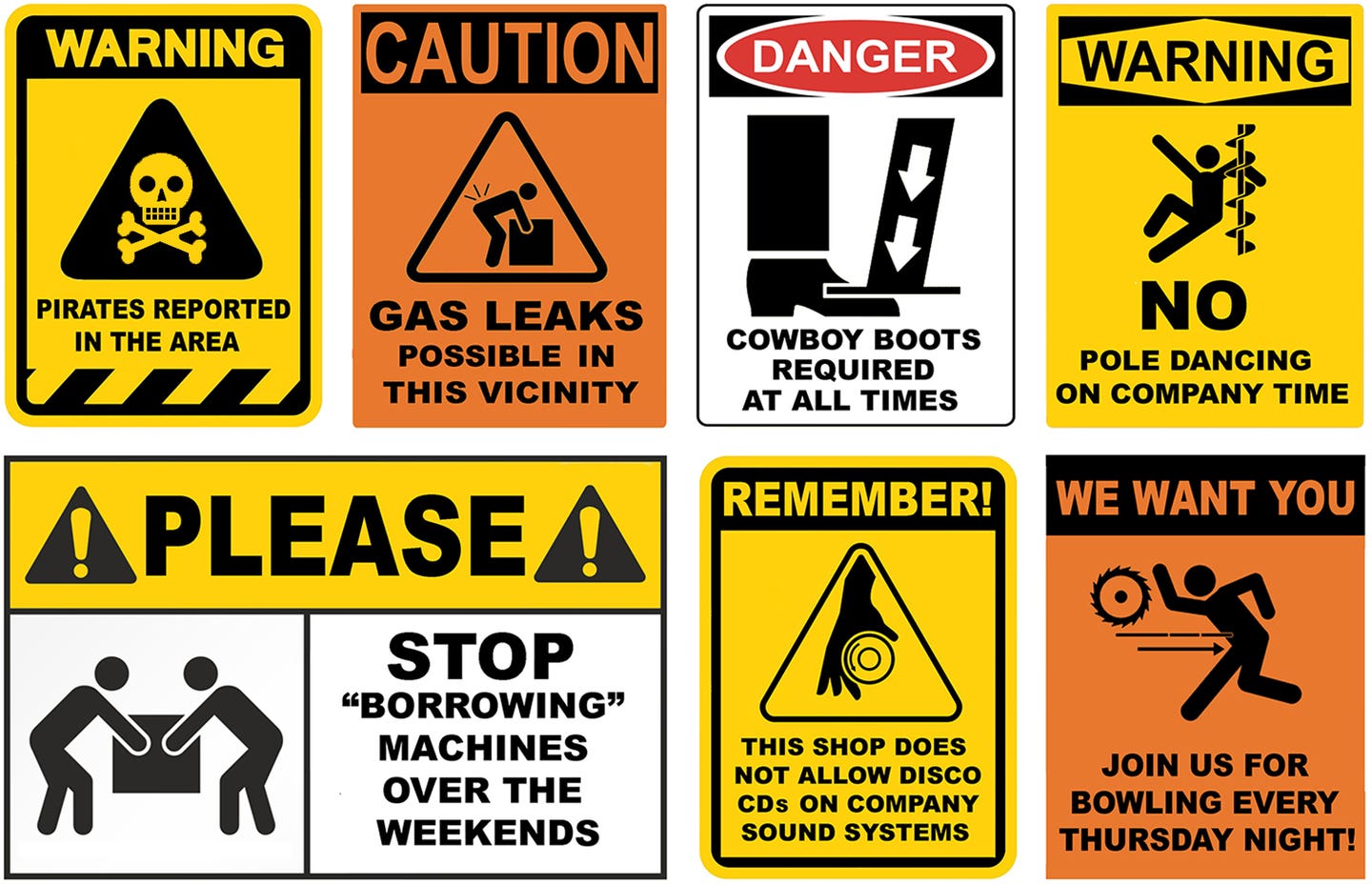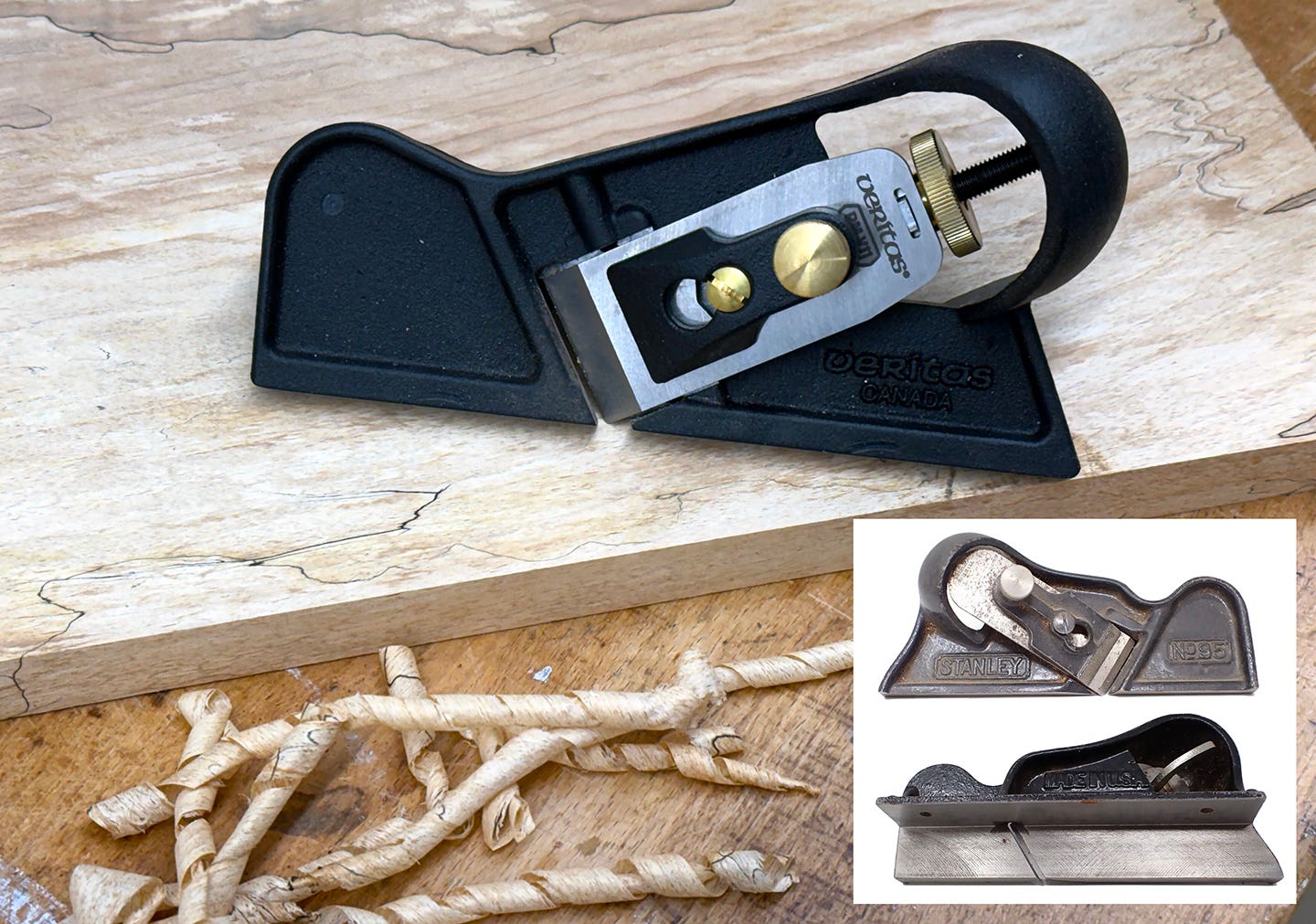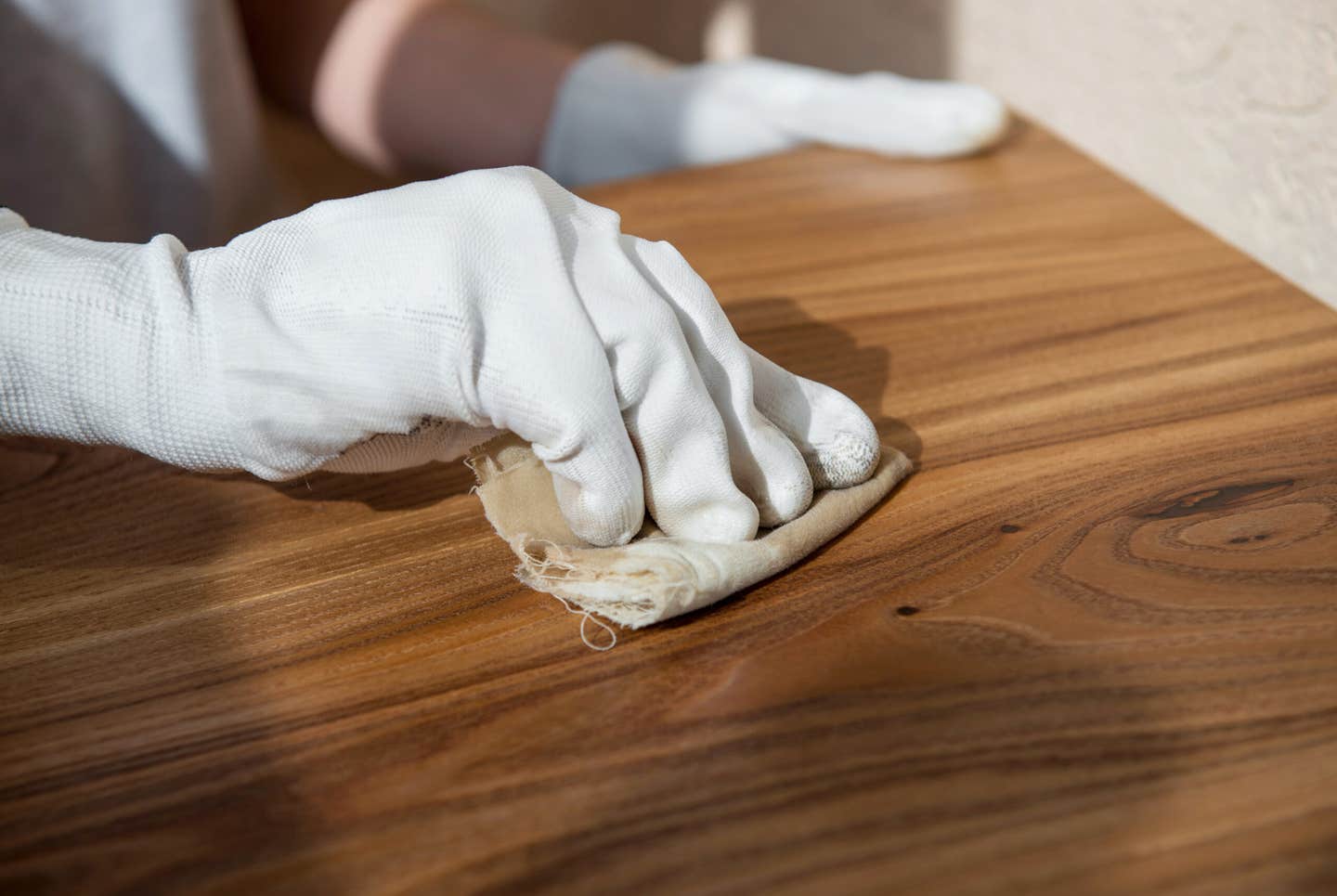Re-creating the past
So far in my blog, Ive invited your input on a number of topics, but this time I have an outright question for you and Id really like to get…
So far in my blog, Ive invited your input on a number of topics, but this time I have an outright question for you and Id really like to get your thoughts on this.
As many of you may know, Im a Civil War reenactor. Im also currently involved in writing a book on woodworking projects from the Civil War period. I consider myself to be on the high end of authenticity when it comes to my Civil War impression: My uniform is perfect, my gear accurate, and when the occasion allows me to do whats called a first-person impression that is, when I take on the persona of a soldier from, say, 1863 I know the dialect, the slang and all the minutiae a man from that era would know.
And yet, underneath all that façade Im still wearing Fruit-of-the-Looms, I still have fillings in my teeth, and theres no way I would have skipped taking my multivitamins that morning. In other words, even though I strive for a near-perfect reproduction impression, I make some exceptions. I make some compromises to the fact that I, and those with whom I interact (and, inc the case of my book, my potential readers), are really living in the 21st century.
For the projects in my book, Im basing everything on original artifacts and/or historical records so that my reproductions are as accurate as possible. Im guessing that when you make reproduction furniture, you do much the same thing. But the fact is that we dont live in the 17th, 18th or 19th centuries. You cant build a 100-percent authentic 19th-century table with 21st century materials, tools, machines, finishes and techniques.
You could make the argument that you can use nothing by hand tools Roy Underhill does that every day but youre still using wood that bears little resemblance to the old growth wood, and when you use sandpaper it aint gonna be anything like what they used then. The point is that you sometimes willingly make exceptions to historical accuracy for the sake of modern demands.
So, heres my question: When you make historical reproductions and it doesnt matter what you make or what historical period youre reproducing what exceptions are you willing to make, and yet still feel that when youve finished your piece that youve made a historically accurate reproduction?
There you have it. What compromises to authenticity are you willing to make when it comes to historical accuracy?
Till next time,
A.J.
A.J. Hamler is the former editor of Woodshop News and Woodcraft Magazine. He's currently a freelance woodworking writer/editor, which is another way of stating self-employed. When he's not writing or in the shop, he enjoys science fiction, gourmet cooking and Civil War reenacting, but not at the same time.







